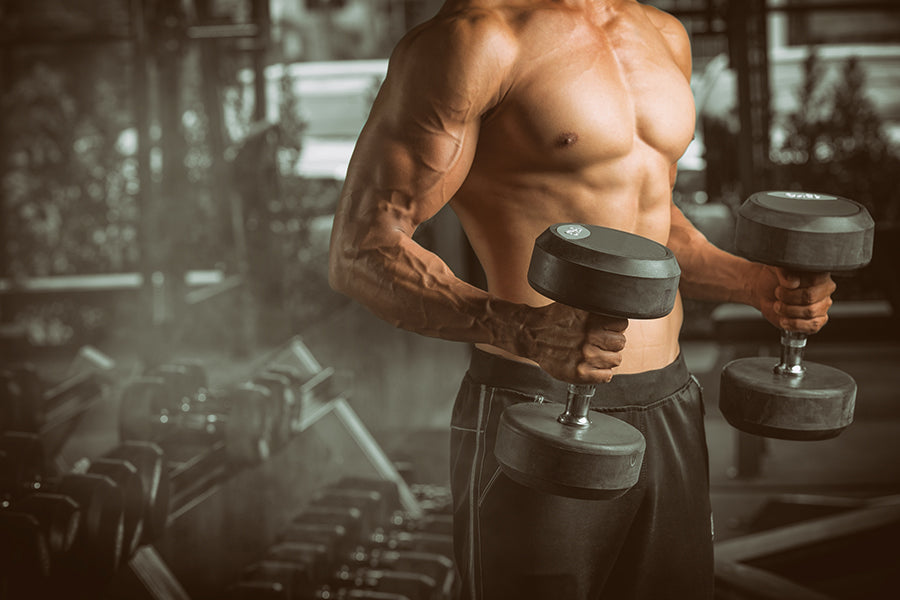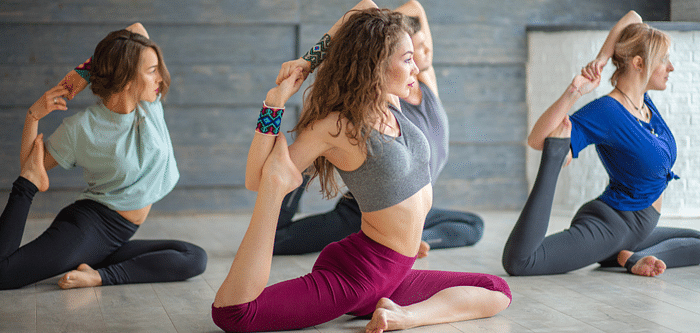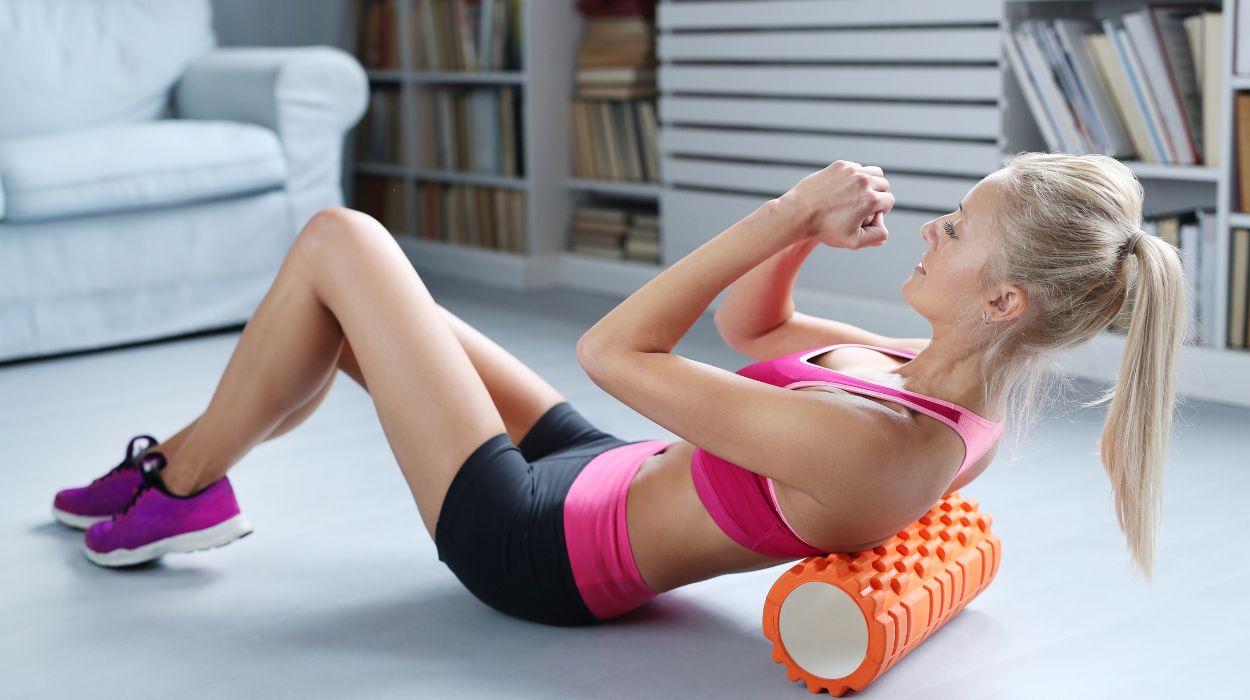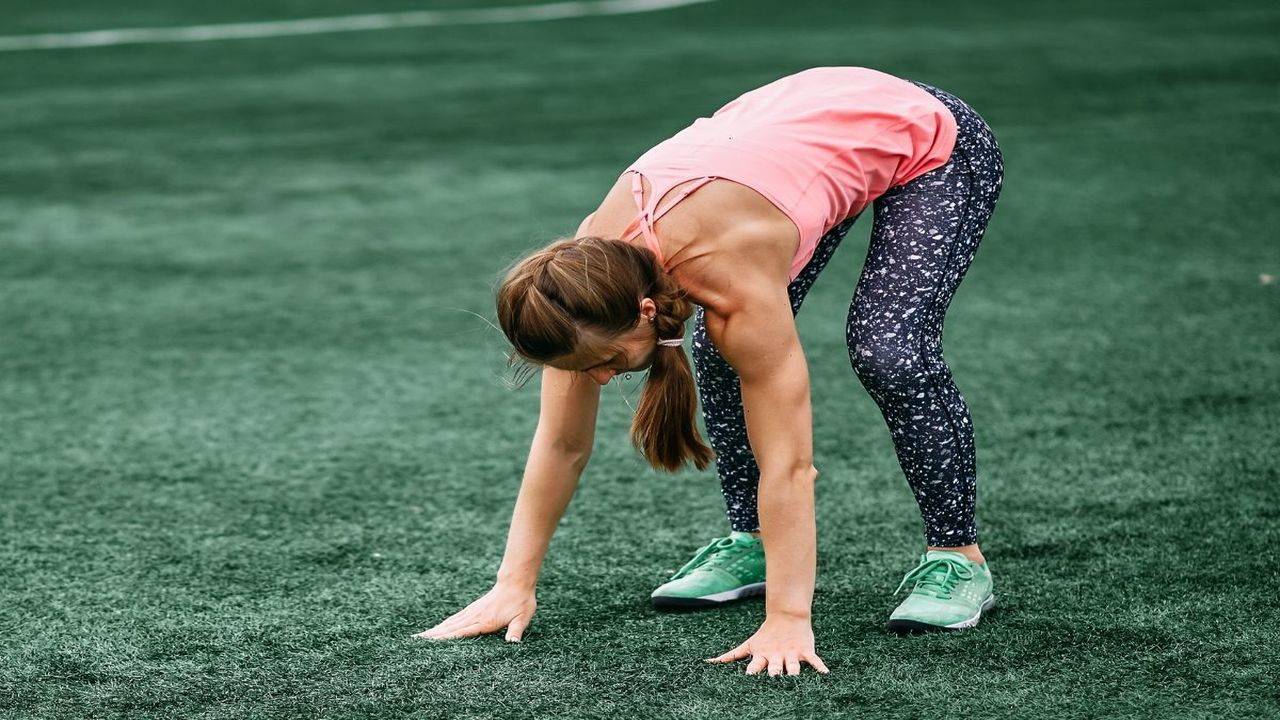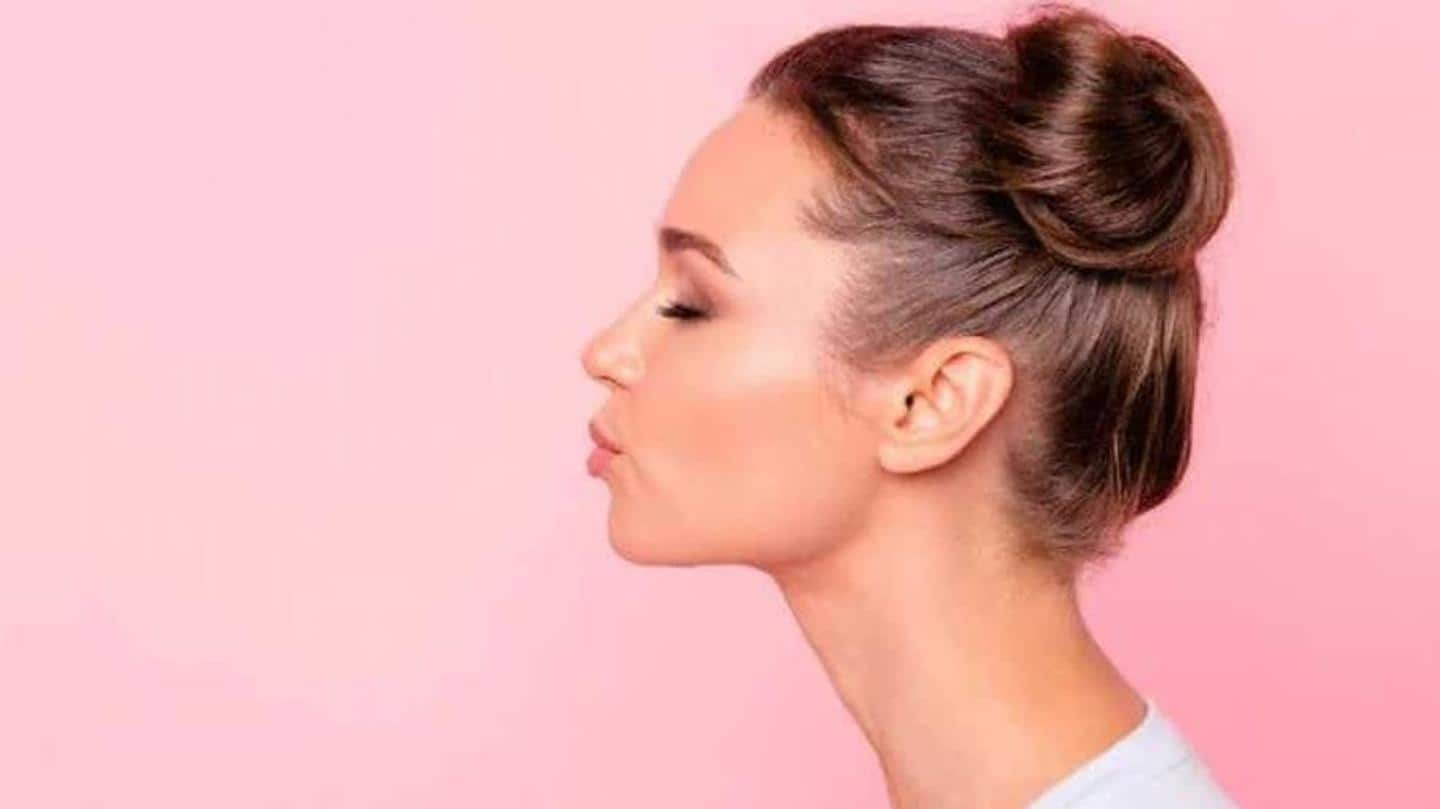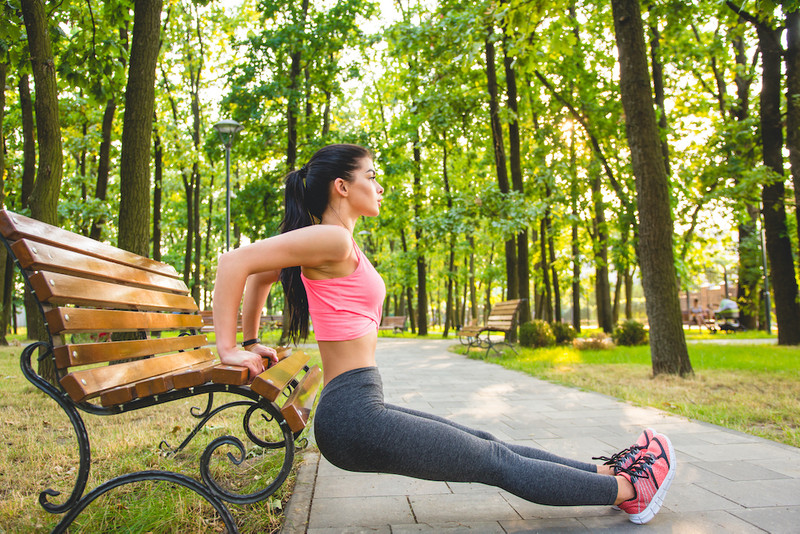You’ve probably heard people say it—“Wow, she’s got a runner’s body!” Maybe you’ve even wondered if your body fits the mold before lacing up your sneakers for that first mile. But here’s the truth nobody talks about enough: a runner’s body isn’t one single shape, weight, or size.
Sure, you can picture the classic stereotype—tall, lean, long-legged. Maybe someone flying past you at the park looks like they just stepped out of a sportswear ad. But real runners come in every shape you can imagine. And what really makes a runner’s body has more to do with what it can do than what it looks like.
So let’s talk about what a runner’s body really is, how it changes as you run more, what muscles it builds, and why you don’t have to fit a mold to be a runner.
The Stereotype vs. The Reality
First things first—yes, elite marathoners and sprinters often have very specific body types. Marathoners are usually lean and lightly built to carry less weight over long distances. Sprinters tend to be more muscular, with powerful quads and glutes to generate explosive speed.
But here’s what matters: most of us aren’t elite athletes. We run for fun, health, stress relief, or just to get outside. That means the “runner’s body” you see in pro sports photos doesn’t need to be your goal.
The truth? If you run, you have a runner’s body. Period.
So, What Actually Happens to Your Body When You Run?
When you run regularly, your body does change, but maybe not exactly how you’d expect. Here’s what’s really going on:
- Stronger Heart and Lungs
Your heart becomes more efficient, pumping more blood with each beat. Your lungs deliver oxygen better. You might not see this in the mirror, but you’ll feel it when you climb stairs without gasping.
- Leaner Muscles
Running burns calories and taps into stored fat for energy, so you may lose weight or get leaner, especially if you pair it with decent eating habits.
- More Defined Legs
Your calves, quads, hamstrings, and glutes do the heavy lifting (literally). Over time, they firm up and get stronger. Runners often have solid calves and toned thighs—not because they’re trying to, but because that’s what the motion naturally does.
- A Tougher Core
Every stride works your abs, obliques, and lower back. A stronger core keeps you balanced, helps you run smoother, and protects your spine.
- Better Posture
Running helps strengthen the small stabilizing muscles in your hips and lower back. Over time, this can help you stand taller and move better in everyday life.
Do You Need to Be Skinny to Run Well?
This one needs to die already—no, you don’t have to be super lean to be a good runner. Sure, carrying extra weight can make running feel harder at first, but there are amazing runners in bigger bodies who run marathons, crush trail races, and outpace plenty of “thin” folks.
Your joints and muscles will adapt. And the more you run, the stronger and lighter you’ll likely feel, even if the scale barely budges. Fitness and body size aren’t the same thing.
The Hidden Part of a Runner’s Body: The Mind
Here’s what most people forget—your mindset is a huge part of your “runner’s body.”
Runners learn to:
- Push through discomfort (not pain—different thing!)
- Show up on days they’d rather stay on the couch
- Listen to their body when it needs rest
- Stick with a plan long enough to see change
These mental muscles matter just as much as the physical ones. The real “runner’s body” is resilient and patient, because progress isn’t instant.
Different Types of Running, Different “Looks”
How you run shapes your body too:
- Sprinters: Short bursts of max effort. Builds more muscle in the legs and glutes. Think power and explosiveness.
- Distance Runners: Longer, steady effort. More endurance, leaner muscle mass. Think efficiency and stamina.
- Trail Runners: A mix of both. Trail running builds balance, coordination, and often stronger ankles and calves thanks to uneven terrain.
But again, there’s tons of overlap. Some distance runners look powerful and muscular. Some sprinters are leaner than you’d expect. There’s no strict line.
Does Running Make You Lose Muscle?
Another worry for beginners: “Will I lose muscle if I run a lot?” Not really—if you eat enough protein and do a bit of strength work, you’ll keep the muscle you have and actually build some where it counts (glutes, quads, calves).
What running can do is slim you down a bit if you’re eating at a calorie deficit. But you won’t wake up one day with stick-thin arms just because you added a few miles to your week.
How to Get a “Runner’s Body”—The Healthy Way
If you want to run, feel strong, and see your body change in healthy ways, here’s what works:
- Run Consistently: 2–4 times a week is plenty for most people.
- Mix Up Distances: Combine short runs, longer runs, and some speed work if you like.
- Strength Train: Add squats, lunges, planks, and glute bridges to keep your muscles balanced and your joints safe.
- Eat Enough: Running burns calories. Fuel your body with good food—protein, carbs, healthy fats.
- Rest: Rest days matter. That’s when your muscles rebuild and your energy bounces back.
What If You Don’t “Look” Like a Runner?
So what? If you run, you’re a runner. You don’t need a flat stomach, skinny thighs, or perfectly defined calves to prove it. Social media might make you think everyone at the starting line looks the same. They don’t. Go to any local race—you’ll see every age, shape, and background out there putting in the miles.
Final Takeaway: Your Body, Your Run
A runner’s body isn’t about looking a certain way. It’s about what you do and how you feel doing it. It’s lungs that can handle a hill. Legs that can push you to the next streetlight when you want to stop. A mind that says, “Just one more mile.”
So lace up. Walk, jog, shuffle, or sprint—whatever pace makes you feel alive. Forget the mold. Forget the scale. The only runner’s body you need is the one that gets you to the finish line—whatever that looks like for you.

